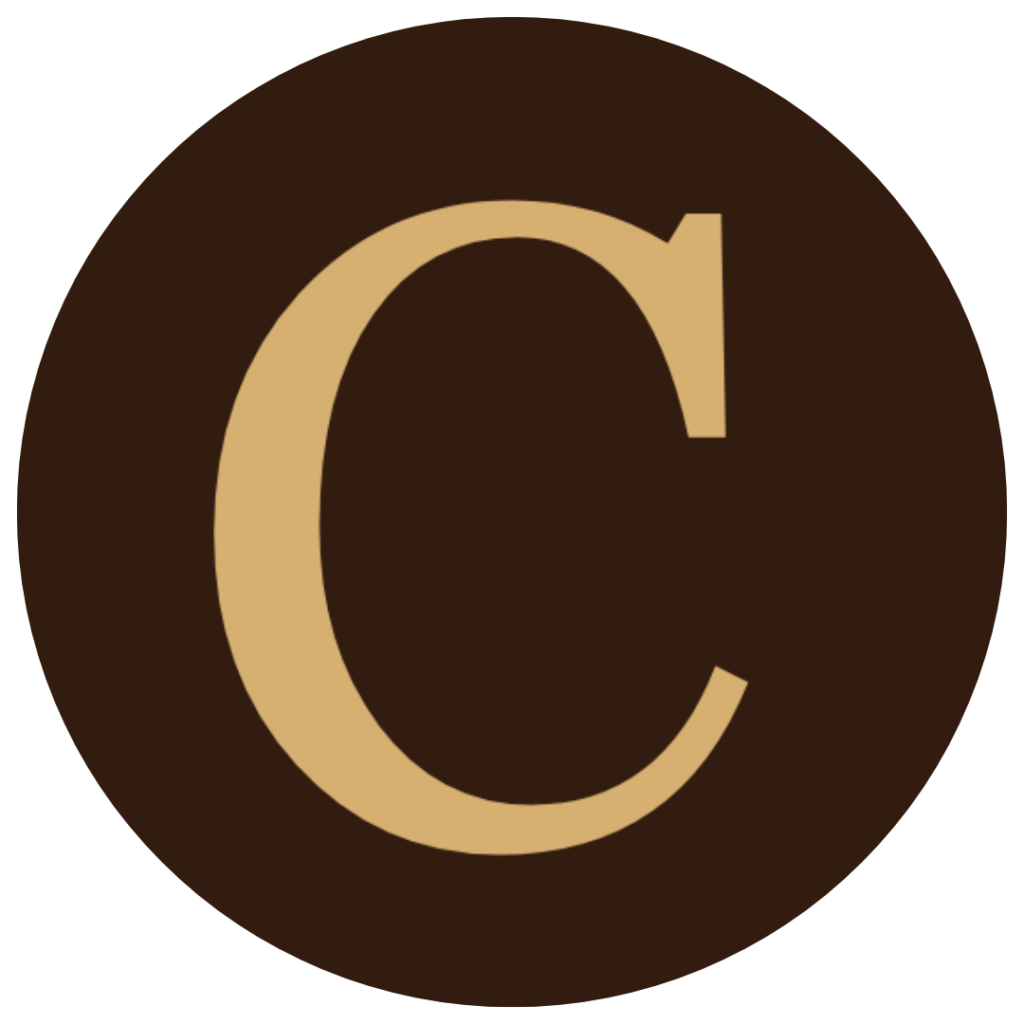By: Joshua Finley
You’ve been hitting the gym consistently, following a well-designed workout plan, and putting in the time and effort. But despite your dedication, you might not be seeing the results you want. What could be the reason? According to Michele Bond, M.S., a respected Kinesiologist and fascia expert, one possible factor could be your exercise form.
“Proper form is a crucial element of any effective exercise program,” says Bond. “You can have a highly effective workout routine, but if you’re not executing the movements correctly, you may not be optimizing your results and could be increasing your risk of injury.”
Many people assume that as long as they’re going through the motions of an exercise, they’re doing enough. However, even subtle deviations from proper form have the potential to impact the effectiveness and safety of your workout.
“When you perform an exercise with poor form, you might not be targeting the intended muscle groups effectively,” explains Bond. “This means you may not get the full benefit of the movement, and there is a possibility of placing undue stress on other areas of your body.”
For example, let’s say you’re doing a bicep curl. If you swing your body or use momentum to lift the weight, your biceps may not be working as efficiently as they could be, and you might also be placing extra strain on your lower back and shoulders. Over time, this could contribute to muscle imbalances, chronic pain, and even injury.
The same principle applies to every exercise in your routine, from squats and lunges to push-ups and rows. If you’re not using the proper form, you might not be maximizing your results and could be increasing the likelihood of problems down the line.
So, how can you ensure that you’re using proper form in your workouts? Bond recommends focusing on three key aspects of movement: alignment, stabilization, and activation.
“Alignment refers to the proper positioning of your joints and bones during an exercise,” she explains. “This means maintaining a neutral spine, keeping your pelvis and shoulders level, and avoiding any twisting or jerking motions.”
Stabilization involves engaging your core and other supporting muscles to create a solid foundation for movement. “When you have good stabilization, you’re more likely to control your body position and maintain proper form throughout an exercise, even as you fatigue,” notes Bond.
Finally, activation refers to the ability to target and engage the specific muscle groups you’re intending to work. “Many people go through the motions of an exercise without actually feeling the targeted muscles working,” says Bond. “Learning to activate the right muscles at the right time can be highly beneficial for getting the most out of your workouts and avoiding compensation patterns.”
One of the best ways to improve your exercise form is to work with a qualified professional who can assess your movement patterns and provide guidance and feedback. “A skilled trainer or therapist may help identify any areas of weakness or imbalance and teach you how to correct them,” says Bond.
However, even if you don’t have access to a professional, there are steps you can take to improve your form on your own. Bond recommends starting with the basics and mastering foundational movements before progressing to more advanced exercises.
“Focus on quality over quantity,” she advises. “Take the time to learn proper technique, and don’t be afraid to use lighter weights or modify exercises as needed. Performing a few reps with excellent form is often more beneficial than rushing through a set with sloppy technique.”
Bond also emphasizes the importance of listening to your body and paying attention to any pain or discomfort. “If something doesn’t feel right, consider reassessing your form,” she suggests. “Pain is your body’s way of telling you that something is off. Take a step back, reassess your form, and make adjustments as needed.”
By prioritizing proper form in your workouts, you may improve your results while also reducing your risk of injury and supporting the longevity of your fitness journey. Remember, it’s not just about how much you do but how well you do it.
Ready to take your exercise form to the next level? Visit michelebond.com and sign up for the mailing list to stay informed about Michele Bond’s upcoming online training and community launching in early 2025. As a leading expert in Kinesiology and fascia, Bond offers valuable insights to help you optimize your movement, enhance your results, and stay safe in your workouts.
Disclaimer: This article is for informational purposes only and does not constitute medical, fitness, or professional health advice. The insights shared by Michele Bond are based on her expertise in kinesiology and fascia, but individual results may vary. Consult a qualified healthcare or fitness professional before making any changes to your exercise routine.
Published by Anne C.









